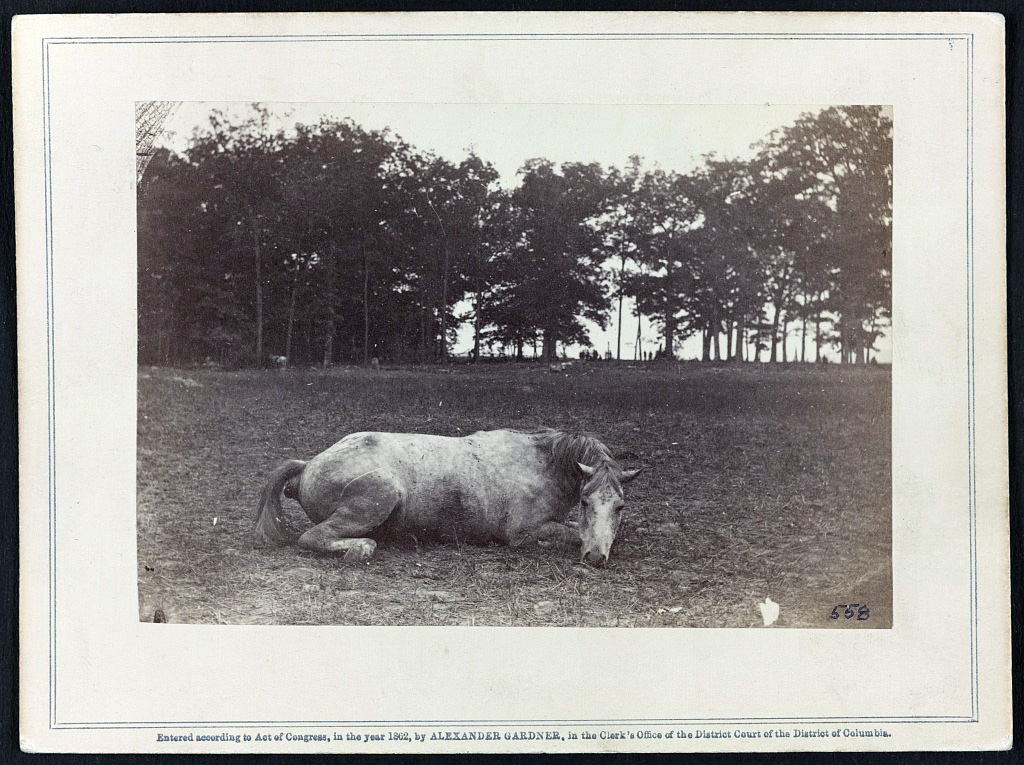Civil War Quiz: What Do You Know About the 1863 New York City Draft Riots?
Q#1 — By what other name were the New York City draft riots referred to?
Q#2 — What was the name of the legislation that helped fuel the riots?
Q#3 — Which group of people did the Draft Law exclude?
Q#4 — Which ethnic group was the largest in confronting police during the rioting?
Q#5 — What action by President Lincoln that went into effect in 1863 helped fuel the riots?
Q#6 — What other city in the State of New York had already experienced rioting related to the military draft?
Q#7 — The first draft numbers were drawn in New York City on July 11, 1863, without incident. What was the date of the second draft number drawing that sparked the riot?
Q#8 — Which group led a furious crowd of around 500 in an attack on the assistant Ninth District provost marshal’s office at Third Avenue and 47th Street, where the draft was taking place?
Q#9 — Since the New York State Militia had been sent to assist Union troops at Gettysburg, what law enforcement organization was left to try to suppress the riots?
Q#10 — What was the name of the building located at 43rd Street and Fifth Avenue that provided shelter for 233 children and was attacked by a mob that looted the building of its food and supplies?
Q#11 — When New York Governor Horatio Seymour arrived in New York the day after the riot began, what action did he attempt to appease the crowd of rioters?
Q#12 — On July 15, what action did Colonel James Barnet Fry perform to quell the riot?
Q#13 — The exact death toll during the New York City draft riots is unknown. What is the estimate that was developed by historian James M. McPherson?
Q#14 — How many people were hanged over five days of the rioting?
Q#15 — Why was the Bull’s Head hotel on 44th Street burned by the rioters?
Bonus Question — On August 19, the government resumed the draft in New York. It was completed within 10 days without further incident. Across the nation, of the 750,000 selected nationwide for conscription, how many draftees were sent into active duty?



